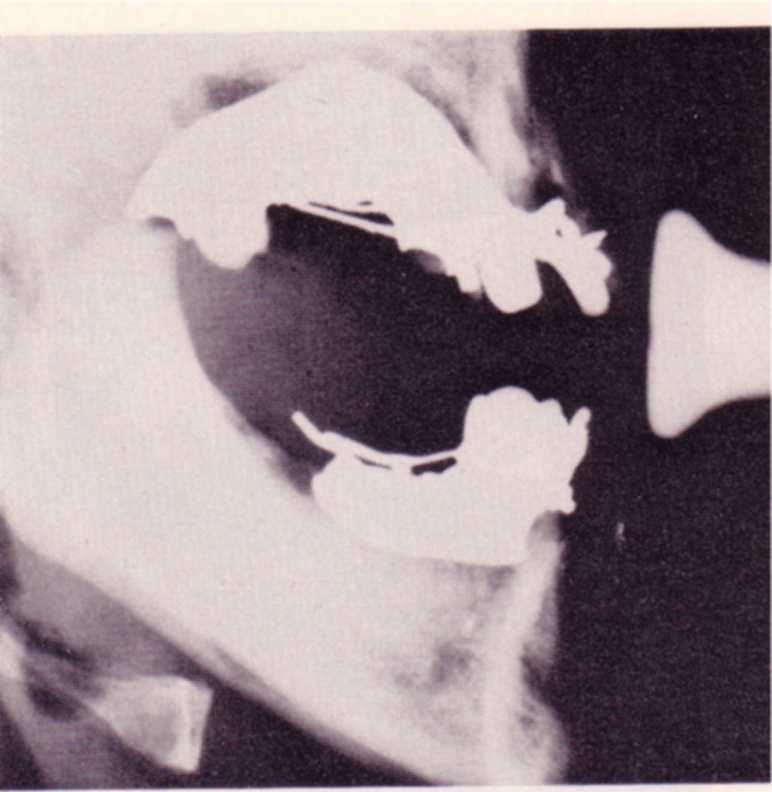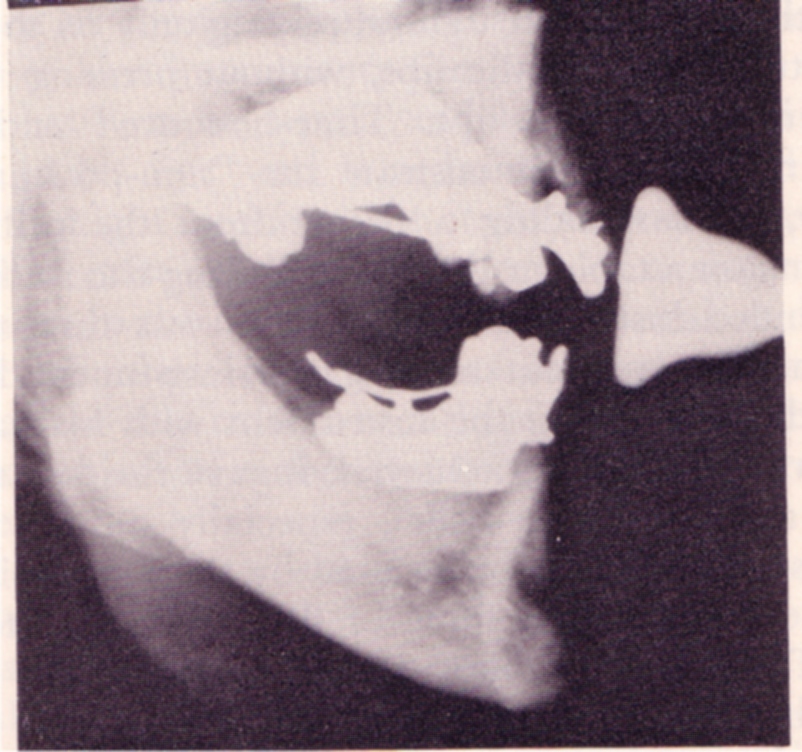Medical and Dental Information for Brass Players
ALLERGIES
Technical Explanation: Allergic
reactions, also referred to as hyper¬sensitivity reactions, are
reactions of the immune system. When any part of the body encounters
antigens (allergens such as dust, pollen, vitamins, minerals herbal
remedies, or certain foods or food additives), it stimulates an immune
response, and chemicals are released to protect the exposed area.
Unfortunately, these chemicals also injure the surrounding tissue, thus
the “allergic reaction.” An allergic reaction can be mild or severe and
life-threatening. Only a medical evaluation can determine the source of
the sensitivity or allergy.
Food Allergies
A food allergy
is an allergic reaction to a particular food. Food intolerance,
characterized by gas, nausea, diarrhea, or other gastric symptoms, is
far more common but is not an allergic reaction. While food allergies
in some begin in childhood, certain people develop severe allergic
reactions to specific allergens in foods, especially shellfish or
nuts. The allergic reaction might be as simple as a rash or so severe
as to cause the throat to swell and close. Skin tests may be helpful in
diagnosing food allergies, but the only sure treatment is to stop eating
the foods that trigger them.
Skin Allergies (Contact Dermatitis)
Metal Allergies
Contact dermatitis is inflammation of the skin which is caused by
contact with a particular substance. There are two kinds of contact
dermatitis, irritant contact dermatitis or allergic contact dermatitis.
Allergic contact dermatitis may develop with repeated exposure to such
things as soaps, perfumes, or metals. Irritant contact dermatitis can
appear quickly after exposure to highly irritating agents, such as
chemical solvents.
In allergic contact dermatitis, a person may
suddenly develop an allergic reaction to a particular substance, even
though he has regularly been exposed to that substance with no previous
problem. One of the most common metal allergies is to nickel. Symptoms
of allergic contact dermatitis range from a mild redness of the skin to
severe swelling and a rash with itchy blisters. The rash will first be
confined to the original contact site, but it can spread to other areas.
Patch tests can help determine the cause of dermatitis.
Effects
on playing: Any allergy which has an effect on the contour or comfort
of the playing surface of the lips can create playing problems and even
throw a monkey wrench into the normal function of a player’s embouchure
and lead to embouchure overuse syndrome. If an allergy is diagnosed, a
plastic rim or different plating might help.
Mouth Sores
Canker Sores
Technical Explanation:
Canker sores are unrelated to cold sores. They are characterized by
small painful sores that occur usually on the lining of the lips or
cheeks and appear as round white spots with a virulent red border.
Stress is thought to be a contributing factor. Canker sores can also
develop from an abrasion or injury inside the mouth and usually
disappear within 10 days with no treatment.
Effects on playing:
Fortunately, canker sores are temporary, but they can be disabling,
depending on where they are. They have no lasting effect on playing. There are new treatments and over-the-counter oral discs which some have
found helpful in reducing the intensity of a canker sore.
Chapped
or Cracked Lips
Technical Explanation: Chapped or cracked lips
can be caused by too much sun, cold weather, too little humidity in the
air, or constant licking of the lips. Sun exposure can result in
cancer, especially on the lower lip. Red spots or a white, filmy
appearance is an indication of sun damage to the lips and should be
examined by a dermatologist. Another cause of chapped or cracked lips
is an allergic reaction to lipstick, toothpaste, food, or beverages.
Effects on playing: Chapped, cracked lips due to cold, dry
weather makes playing uncomfortable but will generally not jeopardize
playing in the long term. Vaseline or a good lip balm can help relieve
the painful symptoms. There has been a long-raging debate over the
safety of Carmex® lip balm. I could find no physician who felt the
ingredients of Carmex® presented any inherent danger to the lips with
normal use.
Cold Sores (Fever Blisters)
Technical
Explanation: Herpes simplex is the virus that produces cold sores and
never leaves the body once you have been infected. It remains dormant
until it is activated by, a cold, fever, food, food allergy, sunburned
lips, stress, or fatigue. Most of the time, cold sores appear on the
vermillion border of the lips, but they can also appear inside the mouth
on the palate.
Effects on playing: Although cold sores are short
lived they can make playing quite challenging, depending on the
location. Except for their immediate impact on playing, they have no
lasting effect. Professional brass players are susceptible to outbreaks
of cold sore because of occupational stress and fatigue. Sufferers
should try to avoid activities and foods that are known to cause
flare-ups.
Embouchure Dystonia
Technical Explanation: Dystonia is a disorder of motor control and produces involuntary contraction of a muscle. There are different kinds of dystonia, but the occupational version that strikes musicians is focal dystonia.
An embouchure dystonia is initially perceived or felt as a loss of playing control–or that the affected lip is weak. A player may find himself having to use more effort to play the most routine passages and, therefore, interpret the early onset symptoms as an embouchure problem. It is typically only felt when playing and may not really appear visually as much as its affects show up in sound, articulation, late attacks, etc. One of the more common embouchure dystonias appears in one corner of a player’s mouth, causing it to pull up uncontrollably in playing. Embouchure dystonia is usually isolated to a particular part of a player’s range, or articulation. All other aspects of range and technique are not affected.
Since dystonias are classified as movement disorders (along with Parkinson’s disease), a musician experiencing symptoms or suspecting the presence of a dystonia should seek treatment from a neurologist who specialize in movement disorders. There is no cure for dystonia, although there are some treatments for its symptoms. There are a few drugs which may be mildly effective. Injections of botulinum toxin (Botox), which weakens the overactive muscle, can help improve the condition but usually does not allow a player to return to normal playing.
Dr. Steven Frucht, Professor of Neurology at Mount Sinai Hospital in New York City, conducted a study on brass players’ embouchure dystonias many years ago at New York’s Columbia Presbyterian Hospital. Dr. Frucht relates, that it is unknown what triggers a dystonia in musicians, but any musician can develop one. Musicians who do will usually begin to experience symptoms in their late 20s to early 40s–although younger and older players have also developed dystonias.
Another aim of Dr. Frucht’s dystonia research project has been to assist musicians by making documentation and information available to musicians who are seeking workers’ compensation or disability benefits for dystonia. He has also created a foundation to assist musicians suffering with dystonia and especially those who can’t afford treatment. For more information on where to seek help and treatment for dystonia, please visit http://www.dystonia_foundation.org.
Effects on playing: Since dystonias are a neurological disorder, retraining the brain may be the only means of reversing the problem. As of yet, however, no one has devised a consistently successful retraining system for dystonia, although there are new and interesting approaches that have proven helpful. Please visit http://www.embouchuredystonia.com for more information. Dystonias are not life threatening, so the medical community has not endeavored to find a solution to this perplexing condition. The biggest barrier to overcoming a dystonia comes down to the economic need musicians have for speedy results. Unfortunately, comprehensive physical/mental retraining does not lend itself to speed. Even with the best retraining therapies, recovery is slow and unpredictable. So the pressure of supporting one's family becomes the driving force in decision making. Sadly, even in the cases where players have successfully recovered their skills after many months of rehabilitation, there is not always a career to return to.
Lip Swelling (non-playing related)
Technical Explanation: Although sometimes swelling of the lips has no discernable origin, lip swelling can be brought on by sensitivity to certain foods, medications, cosmetics, environmental irritants, sunburn, or trauma.
Effects on playing: Regardless of origin, swelling changes the contour and sensitivity of a player’s lips and can make playing very challenging. If a player suffers swelling that is a complication of a medical disorder or the side effect of taking a medication, ingesting food or other substances the underlying disorder or cause has to be identified and eliminated. Some players have reported that Sodium Lauryl Sulfate, found in most brands of toothpaste, caused their lips to swell. Many health food stores carry Lauryl Sulfate-free toothpastes. Unusual swelling is something which should not be ignored. It is always prudent to consult a physician.
Mucocele
Technical Explanation: A mucocele is a mucus retention cyst that develops as a result of a ruptured salivary gland duct, usually caused by localized trauma. A mucocele has a bluish translucent color and appears inside the lip as a tiny fluid-filled sac.
Effects on playing: Depending upon their location inside the mouth and proximity to the area engaged by the mouthpiece in playing, a mucocele can be quite uncomfortable to play on. The best approach to dealing with them is to consult a dentist.
“Pin Prick” Neuropathy
Technical Explanation: This is a unique kind of lip discomfort which is described by suffering brass players as an itchy, tingly, burning, or sharp pin-prick pain, usually on the upper lip under the mouthpiece rim, and noticeable when playing. This is an entrapment neuropathy, often caused by an overlying front incisor pressing the lip against the rim of the mouthpiece.
Effects on playing: Any kind of chronic lip discomfort can eventually have a negative impact on one’s playing technique and ability to perform. Speak with a physician about treatment.
Temporomandibular Joint Disorder (TMJ)
Technical Explanation: The temporomandibular joints are located in front of the ears where the mandible (jaw) connects to temporal bone of the skull. A piece of cartilage, called a disk, prevents the lower jawbone and skull from rubbing against each other. TMJ is frequently the result of a combination of overuse or stress-related muscle tension and/or anatomic problems within the joints and surrounding muscles. Chewing gum or eating chewy foods like pizza, stress that results nocturnal jaw clenching and tooth grinding can be contributing factors. Pain in the area, clicking in the joints, difficulty opening the jaw smoothly, and headaches are among the most common symptoms. Most people recover from TMJ without any medical intervention.
Effects on playing: Pain anywhere in the face can make playing a chore, but if the jaw is unable to move freely and comfortably, playing is next to impossible. Plastic dental guards (also known as dental splints) reduce nocturnal clenching and grinding. Physical therapy and massage can also offer relief. Speak with a doctor or dentist if you believe you have TMJ.
Dental Bonding, Porcelain Veneers, and Caps
Technical Explanation: Dental bonding, veneers, and caps are used to cover teeth. Bonding is semi-permanent. Veneers and caps are fixed permanently to the teeth. Caps are generally used to cover a tooth after root canal or to cover a tooth which is cracked. Bonding is often used for cosmetic dentistry to close small gaps or chips in teeth. Veneers are also used for cosmetic dentistry and to repair cracks.
Effects on playing: Bonding, veneers, or caps may have no negative effect on playing, depending on their location. Players who try to make their dental surfaces more comfortable with bonding usually find that the change in the feel of the bonded surface makes playing different and more difficult. Overlays and caps can have the same effect.



Connect With Us